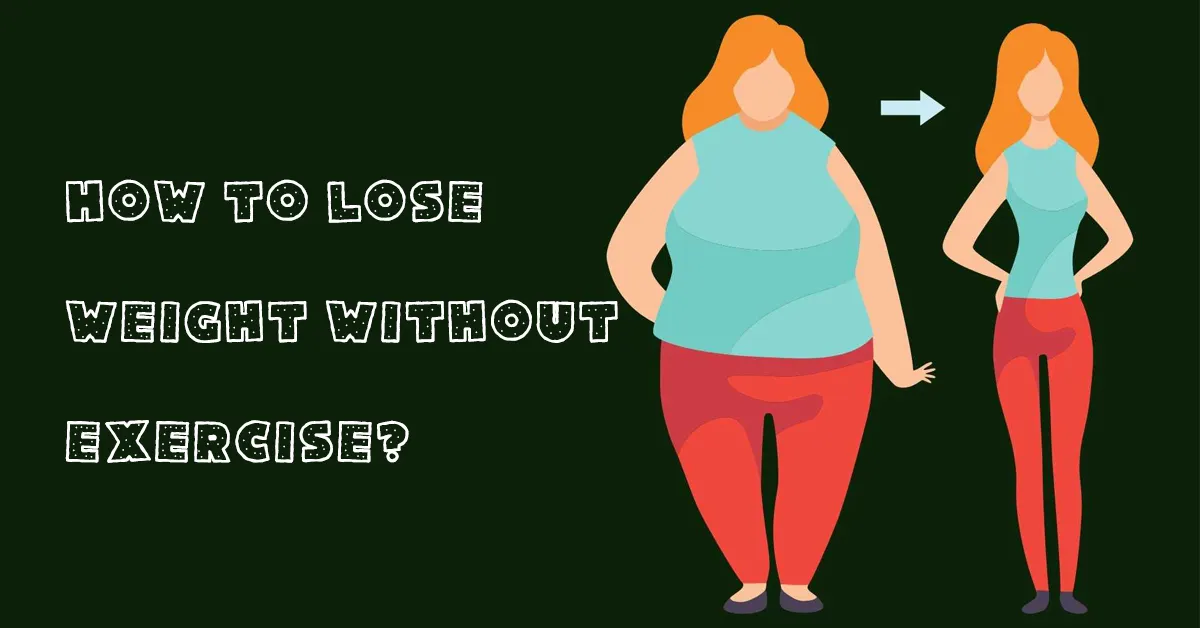Break the fantasy of passive exercise weight loss
Weight level is closely related to a person’s health. Nowadays, more and more people are beginning to realize the harm caused by being overweight and obesity, and are paying more and more attention to their weight management. If you are losing weight, don’t step into these pitfalls again!
Core Tip: Passive exercise can only be used as an auxiliary means. It cannot replace active physical activity, nor will it make us consume more energy.

As we all know, a lack of physical activity is an important cause of obesity and overweight. However, being overweight will make people less willing to exercise, forming a vicious cycle.
Some people fantasize about a good way to consume energy without exercising, and put their hopes on passive exercise. Passive exercise cannot achieve the purpose of fat loss, and such a good thing does not exist at all.
Passive exercise is mainly used for postoperative/injury rehabilitation, relieving muscle tension and fatigue, improving blood circulation, etc. The most common quick tools for those who hope to achieve their weight loss goals through passive exercise are as follows:
1. Equipment-assisted type

2. Physical therapy
Such as artificial-assisted joint movement, traction, and massage.

3. Assisted relaxation
For example, a high-temperature sauna can “dehydrate” the body and cause temporary weight loss.

It is important to note that energy expenditure in adults is primarily composed of three components: basal metabolic rate, physical activity, and the thermic effect of food.
Basal metabolic rate accounts for approximately 65%–70% of total energy expenditure, physical activity accounts for approximately 15%–30%, and the thermic effect of food accounts for approximately 10%.
Physical activity is a key part of controlling our total energy expenditure. When we actively engage in physical activity, carbohydrates and fats in our bodies are broken down to provide energy for skeletal muscle contraction, while proteins play a role in muscle repair. Passive exercise, on the other hand, relies on external forces to cause vibrations in our body tissues, and our skeletal muscles do not contract with force.
Therefore, passive exercise is more suitable for rehabilitation therapy, post-exercise recovery, and people with limited mobility. If you want to lose weight by increasing energy expenditure, you must choose an exercise method that involves active muscle work.
But for someone who doesn’t like exercise, how should they plan their physical activities?
1. Set reasonable goals and achieve them step by step.
When embarking on a weight loss journey, it is not necessary to start with high-intensity activities. Setting goals does not mean that you have to achieve a certain amount and type of physical activity every day.
At the beginning, you can set a weekly goal and work towards it dynamically, making sure to include a moderate amount of moderate-intensity aerobic exercise.
2. Cultivating an interest in sports
3. Recommendations for avoiding sports injuries
Due to a lack of professional guidance, sports injuries are also quite common, especially among those who are overweight and have a weak exercise foundation. Such individuals should prioritize activities that place less stress on the joints, such as swimming or cycling.
Those with poor endurance can divide their exercise intensity into smaller, more frequent sessions, such as 10 minutes 3-4 times a day, to achieve their overall goals. Additionally, they can modify their daily routines by taking the stairs instead of the elevator, cycling instead of driving, or walking more often.
After suffering a sports injury, seek medical attention and assessment promptly. In terms of diet, it is recommended to consume low-calorie foods (e.g., konjac noodles) and foods that are low in fat but rich in high-quality protein (e.g., high-protein noodles) to repair the injury, boost immunity, and maintain muscle mass and strength.

Vitamin C and zinc promote collagen production in the body and play a very important role in the repair of tendons and ligaments; calcium and vitamin D help promote bone healing.






